In today's watch market, there is a wide array of materials used for watch crystals, each with unique characteristics that directly impact a watch's performance, aesthetics, and overall cost.
Watch crystals typically fall into three main categories: sapphire glass, mineral glass, and synthetic glass. Determining the best material is not a straightforward task, as each material has its own set of advantages and disadvantages, making the choice dependent on factors such as the watch's price point, design requirements, and durability.
Let's delve into the distinctive features of each crystal material and provide guidance to assist consumers and professionals in making well-informed decisions.

Types and Features of Watch Crystals
◉Sapphire Glass
Sapphire crystal is known for its exceptional physical and chemical stability, made from artificially synthesized crystal with high density and hardness, second only to diamond. With a Mohs hardness of 9, it offers excellent scratch resistance and anti-scrape performance, able to withstand most wear and tear in daily life. Additionally, sapphire glass has excellent light transmission, low friction, heat resistance, and is often coated with a thin film to reduce glare, enhance transparency, and provide a unique light blue luster, improving readability.
However, the high hardness of sapphire glass also brings some fragility; it lacks sufficient toughness and can crack easily under severe impact. Moreover, due to the need for specialized diamond tools for processing, its production cost is relatively high, making sapphire glass primarily used in the high-end watch market.

Naviforce's solar watch NFS1006 and mechanical watch NFS1002 utilize this material, ensuring durability and a clear time-reading experience. The high light transmission and special coating of sapphire glass not only provide precise time display but also exhibit a high-end aesthetic.
◉Mineral Glass
Mineral glass, also known as tempered or synthetic glass, is a type of glass processed to enhance its hardness. The production involves removing impurities from the glass to maximize transparency and clarity. With a Mohs hardness ranging between 4-6, mineral glass offers good resistance to vertical impacts and abrasion, making it a common choice for military watches. Its relatively low cost positions it widely in the mid-range watch market.
However, mineral glass has poor resistance to chemical corrosion, making it susceptible to chemical substances. Additionally, compared to sapphire glass, mineral glass has weaker scratch resistance and is more prone to scratches.
Most of Naviforce's watches use hardened mineral glass as the crystal, providing good transparency, moderate hardness, and affordability while maintaining durability. The application of this material in Naviforce watches meets consumers' needs for durability in daily wear.
◉Synthetic Glass (Acrylic Glass)
Synthetic glass, also known as acrylic or organic glass, is favored for its high plasticity and good toughness. This material's crystal is cost-effective, with 7-18 times higher tensile and impact resistance than regular glass, earning it the name "safety glass." It becomes an ideal choice for children's watches and other timepieces requiring extra durability.
Although synthetic glass is not as hard as sapphire or mineral glass, making it prone to scratches and slightly less transparent, its exceptional elasticity and shatter-resistant properties give it an irreplaceable advantage in specific market segments. With low maintenance costs, it suits consumers less concerned about the appearance wear of the crystal but more focused on the watch's durability.
Naviforce's 7 Series unisex watches use this material, offering high impact resistance and enhancing the watches' practicality. The design of the 7 Series emphasizes a blend of fashion and durability, with the use of synthetic glass reinforcing this concept.

In conclusion, the choice of watch crystal material should be based on the watch's market positioning, intended use, and the actual needs of the target consumers. Whether it's the ultimate durability of sapphire glass, the balance of performance and cost with mineral glass, or the economical and durable synthetic glass, each material has its unique market positioning and application scenarios. As a watch wholesaler or brand operator, understanding these materials' characteristics and limitations will help us better serve the market and meet diverse consumer needs.

Identifying Watch Crystal Materials
After understanding each type of crystal, how can you differentiate them? Here are some tips:
☸️Water Droplet Test: Lastly, you can drop a water droplet on the crystal to test. A sapphire crystal's surface is extremely smooth, causing water droplets to stay in place, while water droplets on acrylic or mineral glass will spread quickly.
☸️Tap Test: Tap the crystal lightly to judge by sound. Acrylic crystal produces a plastic-like sound, while mineral glass gives a denser sound.
☸️ Weight Sensation: Acrylic crystals are the lightest, while sapphire crystals feel heavier due to their density.

By conducting these simple tests, you can confidently identify the material of a watch crystal, whether for personal selection or providing professional advice to clients.

Choosing a watch crystal material involves a multifaceted decision encompassing aesthetics, durability, cost, and personal preferences. Naviforce, with its profound understanding of the market and strict quality control, meticulously selects suitable crystal materials for each series to meet a wide range of needs from daily wear to high-end collections.
Understanding the characteristics of different materials and mastering how to identify them is crucial for consumers and watch wholesalers. This not only enhances the consumer's buying experience but also helps wholesalers more accurately meet market demands.
If you have any needs in the watch business or are seeking partners to expand your market, feel free to contact us. Naviforce looks forward to collaborating with you.
Post time: May-28-2024






 Men
Men
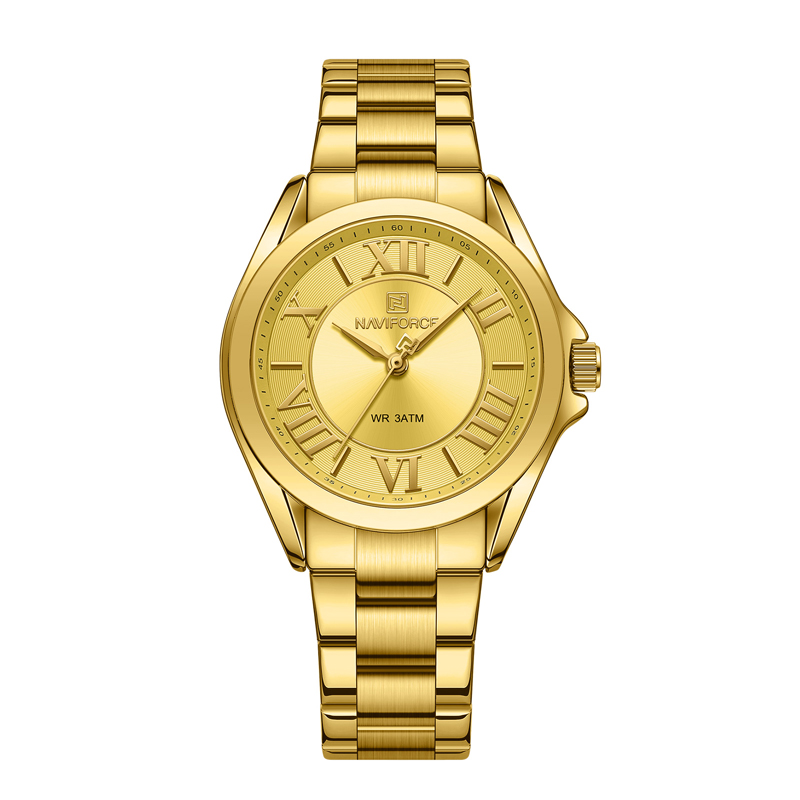 Women
Women
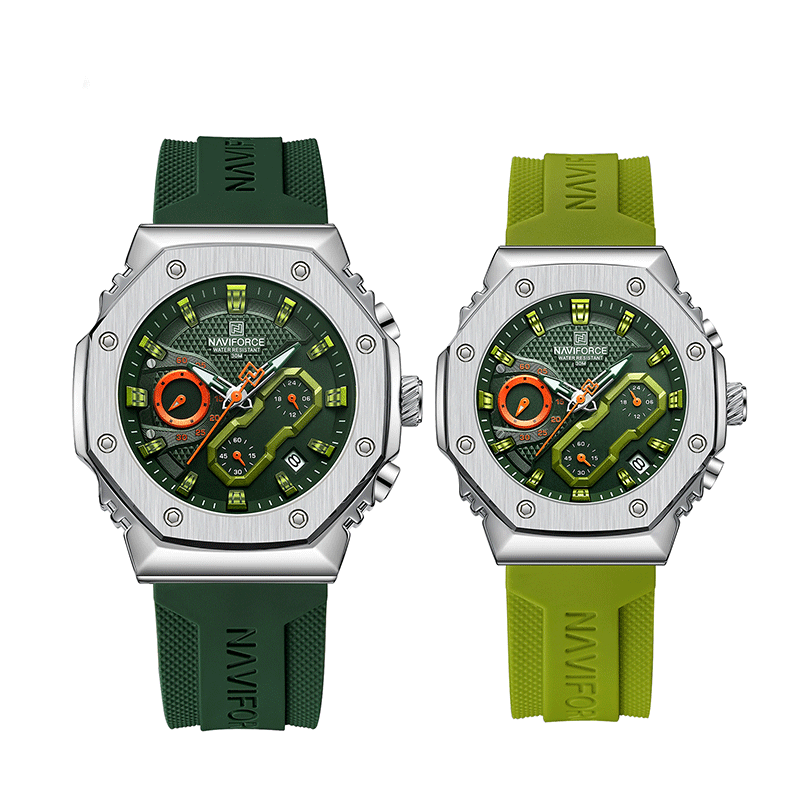 Couples
Couples
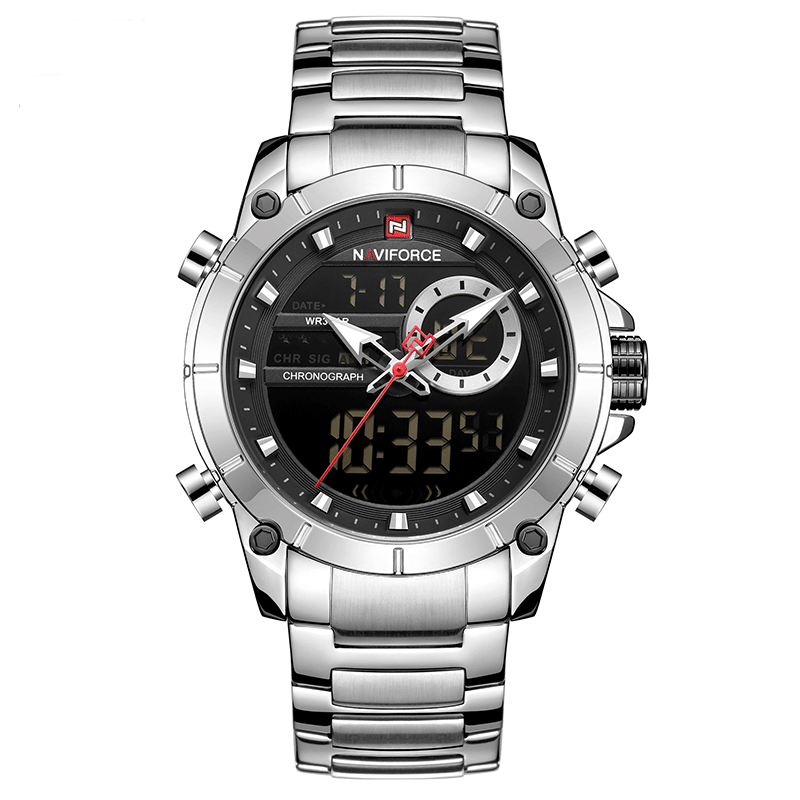 Digital Watch
Digital Watch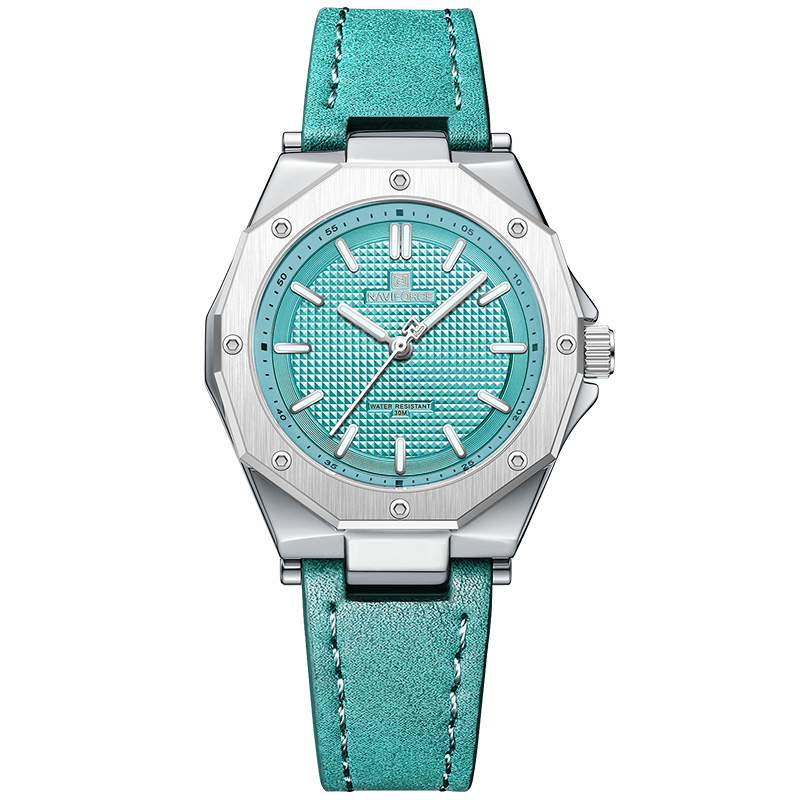 Quartz
Quartz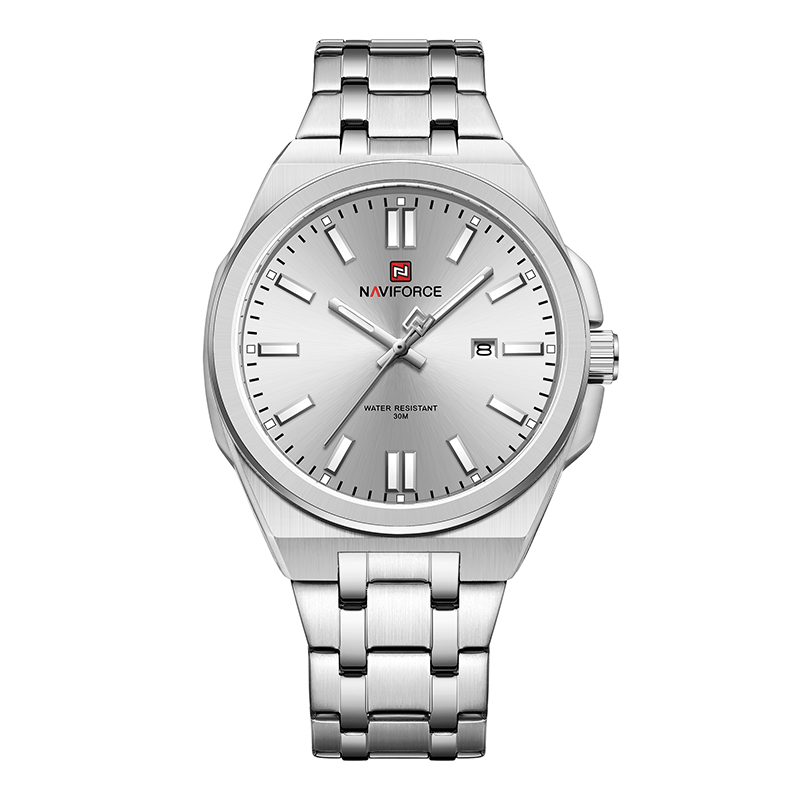 Quartz
Quartz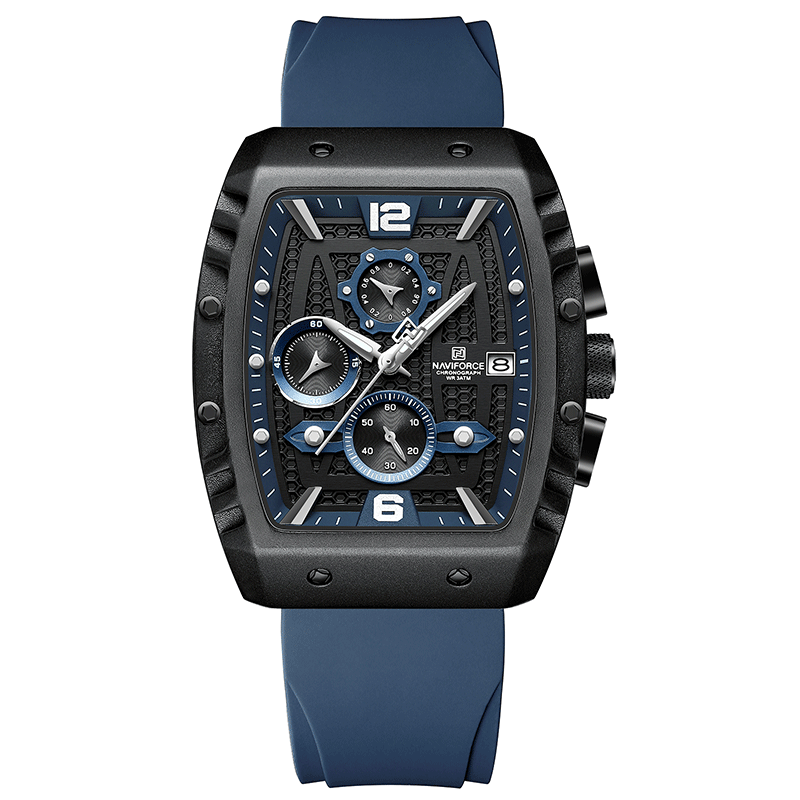 Quartz
Quartz  Quartz
Quartz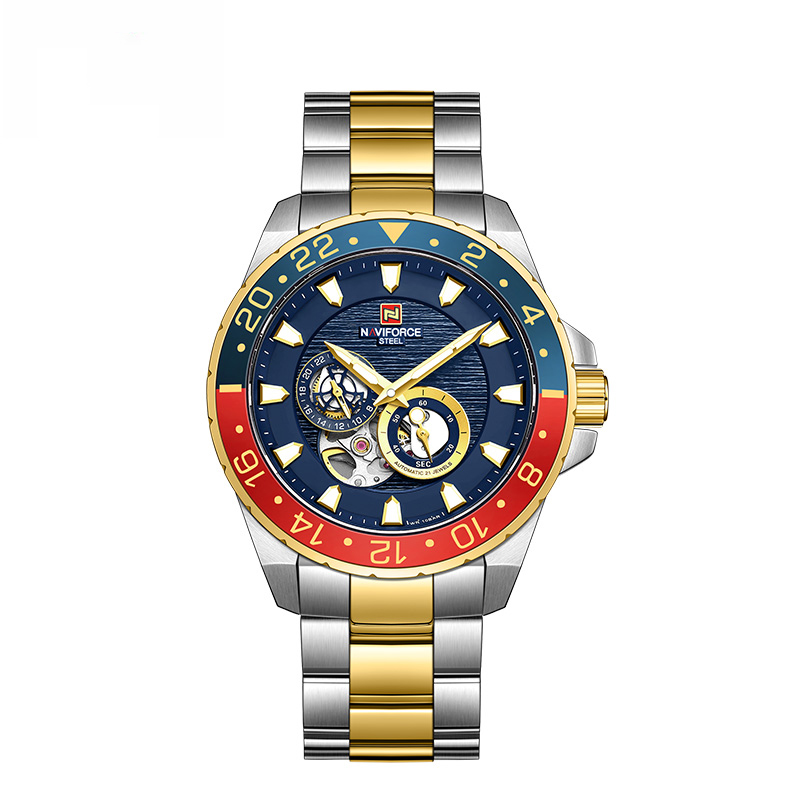 Automatic Mechanical Watch
Automatic Mechanical Watch
 Solar-Powered Watch
Solar-Powered Watch
 Smart Watch
Smart Watch







